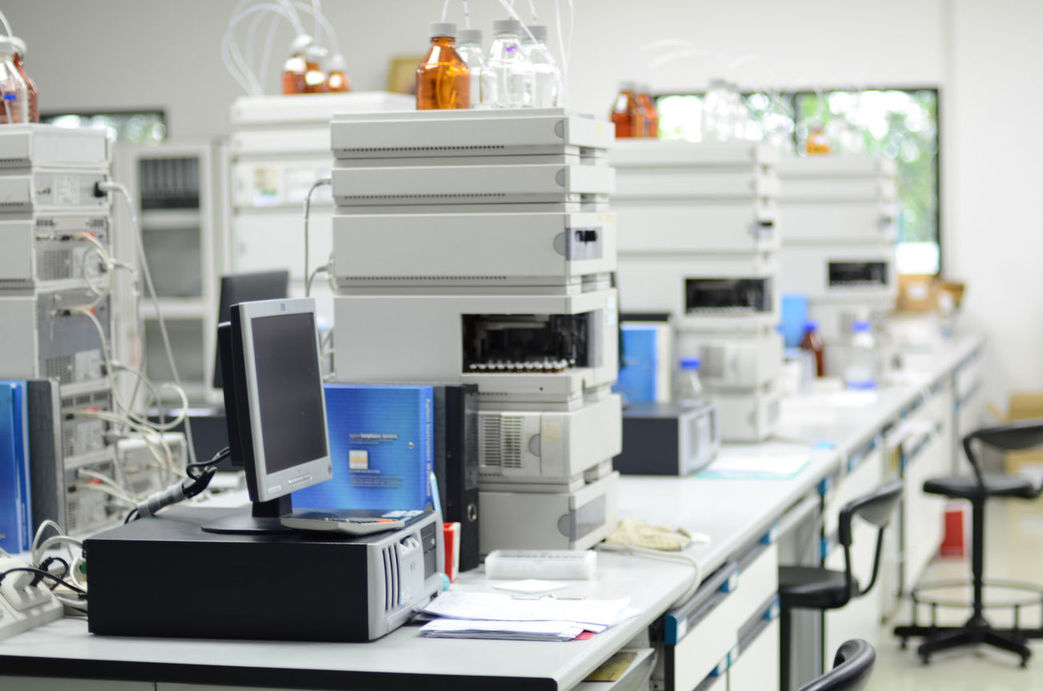Glycoinformatics-assisted Structural and Functional Prediction Service
Enabling Glycobiology Research Through Structural and Functional Prediction
A variety of glycoinformatics tools have been developed to study glycan function, glycosylation modifications, antibody epitopes, and various physiological processes. CD BioGlyco provides a glycoinformatics-assisted structural and functional prediction service based on extensive experience in Analysis and Prediction using a variety of analytical tools.
Our bioinformatics team combines efficient methods to predict multiple types of glycosylation sites, protein and antibody epitopes, and glycan structures. This prediction relies on bioinformatics tools and algorithms that help us achieve accurate predictions.
Glycosylation site prediction service
We offer customized solutions and adapt our analytical methods to meet the specific needs of our clients. The glycosylation site prediction methods are based on the following aspects:
Sequence pattern matching: We search based on known patterns of glycosylated sequences.
Machine learning approach: We train models based on known glycosylation site data and predict glycosylation sites for unknown sequences using machine learning algorithms such as neural networks.
Structure prediction: The potential glycosylation structures and the feasibility of glycosylation sites are predicted by combining information such as the 3D structure of glycoproteins.
The framework for the prediction of glycosylation sites is as follows:
- Data collection and preprocessing
- Feature extraction: A variety of features are extracted, including local sequence features, protein functional features, functional annotations, etc.
- Feature selection: Extensive feature selection is performed.
- Model construction
- Validation and evaluation: Independent testing, cross-validation, etc.
- Web server

Protein and antibody epitopes prediction service
We have extensive experience and proficiency in various analytical methods to provide an efficient protein and antibody epitopes prediction service. Our experienced analytical team provides reliable results and insights based on your research.
Glycan structure prediction service
Accurately predicted glycan structures are the beginning of further studies on glycan-protein interactions and their dynamics. We provide accurate nuclear magnetic resonance spectroscopy (NMR), infrared spectroscopy (IR), and mass-based glycan structure prediction services based on our flexible and highly available tools.
We have further refined structural and functional prediction services to better serve our clients. Based on the efficient tools, we provide the following structural and functional prediction services for researchers to help them better understand the glycosylation process, various physiological and pathological processes, etc., and advance their research process.
Publication Data
Technology: Glycosylation site prediction
Journal: PLOS ONE
IF: 2.766
Published: 2017
Results: N-glycosylation is a basic type of glycosylation that has an important role in a variety of biological functions. In this study, a method for predicting N-glycosylation sites was proposed. The method combines integrated feature extraction techniques and machine learning. It was verified that the constructed prediction model was better than the existing models with greater advantages.
 Fig.1 Validation process of the N-glycosylation site prediction model. (Akmal, et al., 2017)
Fig.1 Validation process of the N-glycosylation site prediction model. (Akmal, et al., 2017)
Applications
- Disease-related research: Structural and functional prediction is helpful in the study of the development of diabetes, neurodegenerative diseases, cancers, and so on.
- Studies of protein interactions: Glycan chains in glycoproteins affect interactions between proteins, cell surface receptors, or pathogens. Glycosylation site and glycan structure prediction are important for understanding these interactions, immune recognition, intercellular communication, and other processes.
- Studies of cell signaling: Glycan chains in glycoproteins are involved in cell signaling and regulate processes such as cell growth and differentiation. Glycosylation site and glycan structure prediction are often used in cell signaling-related studies.
- Glycan function research: Glycan structure prediction helps researchers analyze glycan functions, various physiological processes, etc.
- Accelerating glycosylation studies: Glycan structure prediction is used in glycosylation studies to help understand the role of glycosylation in biological processes.
Highlights of Structural and Functional Prediction Service
- We provide a one-stop service for structural and functional prediction and answer the questions your clients encounter in their research.
- We have researchers experienced in structural and functional prediction to work on the entire project.
- We use various prediction algorithms, including sequence-based methods machine learning-based methods, etc., to improve prediction accuracy.
- We use different means to validate the accuracy of glycosylation site prediction models.
Frequently Asked Questions
- What are the functions of glycosylation sites?
- Glycosylation sites have been found to affect the structure and function of proteins. Abnormalities in glycosylation are associated with a variety of diseases.
- Protein folding and stability: Sugar chains on glycosylation sites help proteins fold correctly into their active form and increase their stability.
- Protein localization: Glycosylation sites contain chains of sugars that help proteins localize to specialized regions of the cell, such as specific regions of the organelles or cell membrane.
- Protein bioactivity: The structure of the glycosylation site and the sugar chain directly affects the activity of some proteins such as enzymes.
- Protein half-life: The structure of the sugar chain at the glycosylation site affects the rate of clearance and degradation of the protein in the body, and thus its half-life.
- What studies can glycosylation site prediction be used for?
- Glycosylation site prediction is fundamental to understanding glycoprotein function. By accurately predicting and analyzing glycosylation sites, the researchers can understand the impact of glycan chains and their glycoproteins on protein interactions, intra-/intercellular signaling, immune regulation, and other life activities. The prediction of glycosylation sites also contributes to the study of the mechanism of the development of diseases such as cancer.
CD BioGlyco assists our clients in various types of research by predicting structure and function through a variety of reliable prediction methods. Our dedicated analytical team stays in close contact with our clients throughout the process to keep them updated on progress. Please feel free to contact us for more information if you are interested in or have a need for our structural and functional prediction services.
Reference
- Akmal, M.A.; et al. Prediction of N-linked glycosylation sites using position relative features and statistical moments. PLOS ONE. 2017, 12(8): e0181966.
For research use only. Not intended for any diagnostic use.
Quick Links
Related Services



 Fig.1 Validation process of the N-glycosylation site prediction model. (Akmal, et al., 2017)
Fig.1 Validation process of the N-glycosylation site prediction model. (Akmal, et al., 2017)


